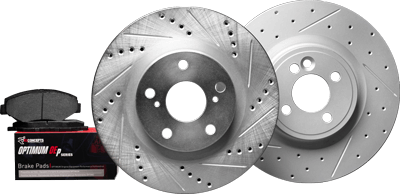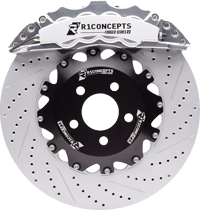If your brake pedal feels spongy, immediate attention is needed. This article provides a straightforward breakdown of potential causes for a spongy brake pedal and some guidelines to help you identify whether your braking system is now leading into an issue or not.
This article is based on the professional insights of R1 concepts; the best OEM brake parts system brand. We’ve carefully created this content to provide better guidance in taking care of your vehicle’s braking systems.
Key Takeaways
Spongy brake pedals can result from air in the brake lines, low brake fluid levels, or damaged brake lines, leading to compromised braking efficiency and safety risks.
To resolve a spongy brake pedal, bleeding the brakes to remove air, topping up or replacing brake fluid, and repairing or replacing damaged components are effective remedies.
Regular maintenance, including periodic brake fluid checks and replacement as well as attention to brake system warning signs, is essential in preventing spongy brake pedals and ensuring reliable braking performance.
Understanding Spongy Brake Pedals

A spongy or soft brake pedal can feel like pressing against something bouncy and not providing you with the precise control expected when braking. If you feel like you need to put on extra effort when you’re hitting your brake pedal or if your brakes are not really firm at all despite any pressure, this is a clear sign of weak breaks and it needs to be addressed asap!
Identifying Causes of Spongy Brake Pedals
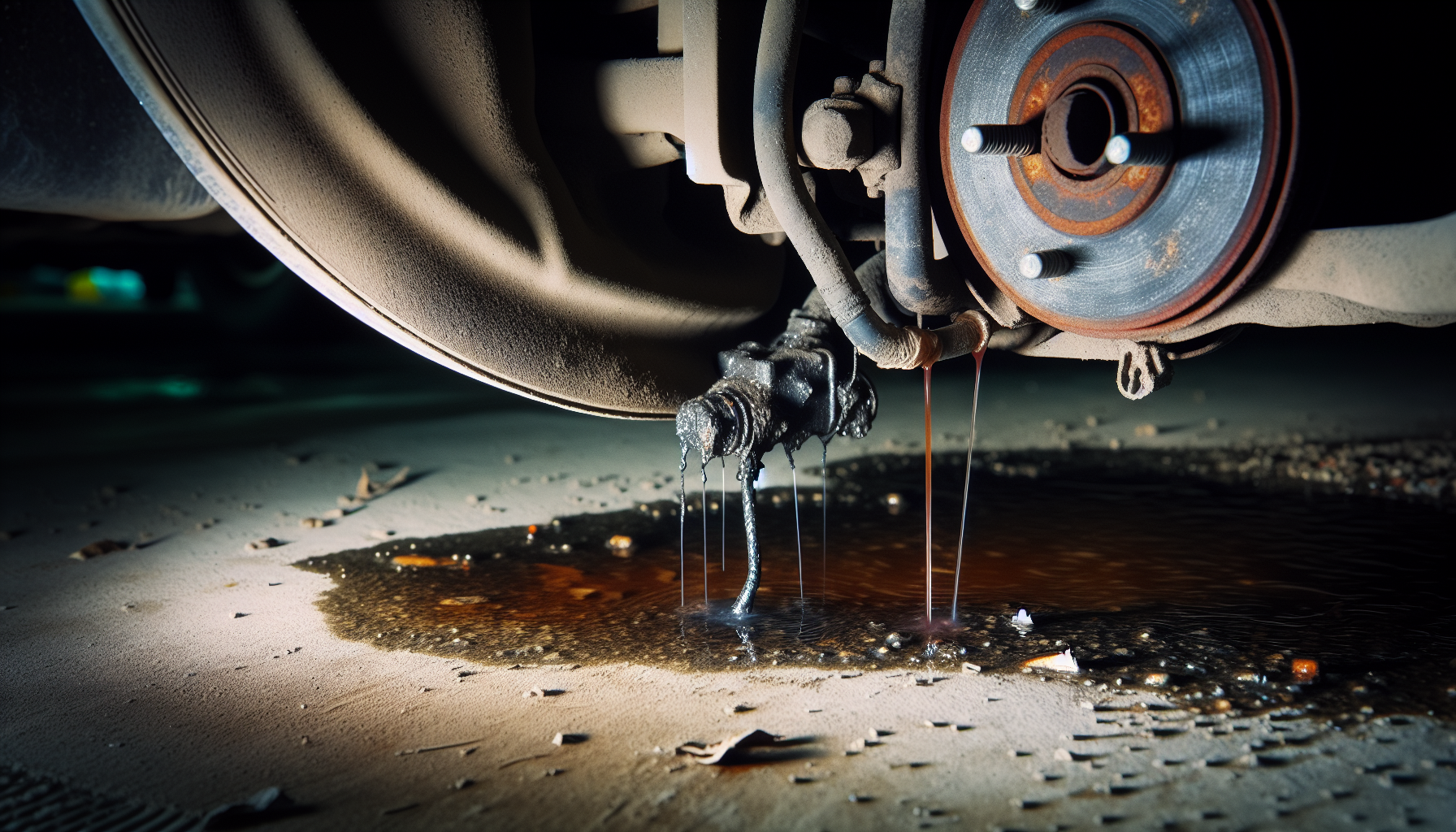
Spongy brakes can be caused by several factors, including air in the brake lines, a lack of fluid in the system and damage or leakage to those same brake lines.
Let’s look closer at each source individually. When you press on your brake pedal, any one of these conditions may result in an unpleasant sponginess that could put you at risk while driving.
Air in the Brake Lines
The spongy brakes may be caused by air that has gotten trapped in the brake lines. This can cause a drop-off in braking efficiency by messing with its hydraulic pressure balance resulting from interrupted flow of fluid.
As a result, these problems may increase the distance or effort needed to stop the vehicle, increasing the potential for unsafe driving conditions which can cause serious consequences.
It is important that this issue of air within the brake systems get addressed right away. To fix this, a process called bleeding the brakes is used, which involves forcing fluid through the brake system to push out any trapped air, thereby restoring the system’s pressure integrity and brake pedal firmness.
Low Brake Fluid Levels

A lack of brake fluid can cause spongy brakes. When brake fluid levels are low, the hydraulic pressure needed to work with the braking system is compromised, which causes your brakes to feel soft or needing more effort than usual.
We’ve seen a lot of this issue happens and as per our observation, a common reason for this issue are two types: fluid leak in the brake system or worn brake pads.
If your brake system has a leak, it will cause the brake fluid level to drop because the fluid is escaping. Similarly, when brake pads wear down, the system uses more fluid to fill the space where the pad used to be, which can also lower the fluid level in the master cylinder and lead to a spongy brake pedal.
It’s crucial to address this promptly to prevent further degradation of braking performance and to ensure your safety on the road. Identifying and repairing any breakage that leads to leakages must be done as soon as possible.
When it’s time to change your brake pads, make sure to choose brake pads that are suited by your driving style. This will help ensure that they work better for you and have a longer life, saving you time and money in the long run.
Damaged or Leaking Brake Lines
We’ve known that sometimes, brake lines may get brittle, due to several reasons like corrosion caused by road salt or moisture.
This corrosion is likely to cause breakage that will eventually decrease brake fluid in your cylinder, causing hydraulic pressure to be imbalance in the brake system, which could lead to a spongy feel in your brake pedal.
We recommend conducting regular checks and maintenance to prevent such issues from occurring or to mitigate their progression.
The Role of Brake Fluid in Your Braking System
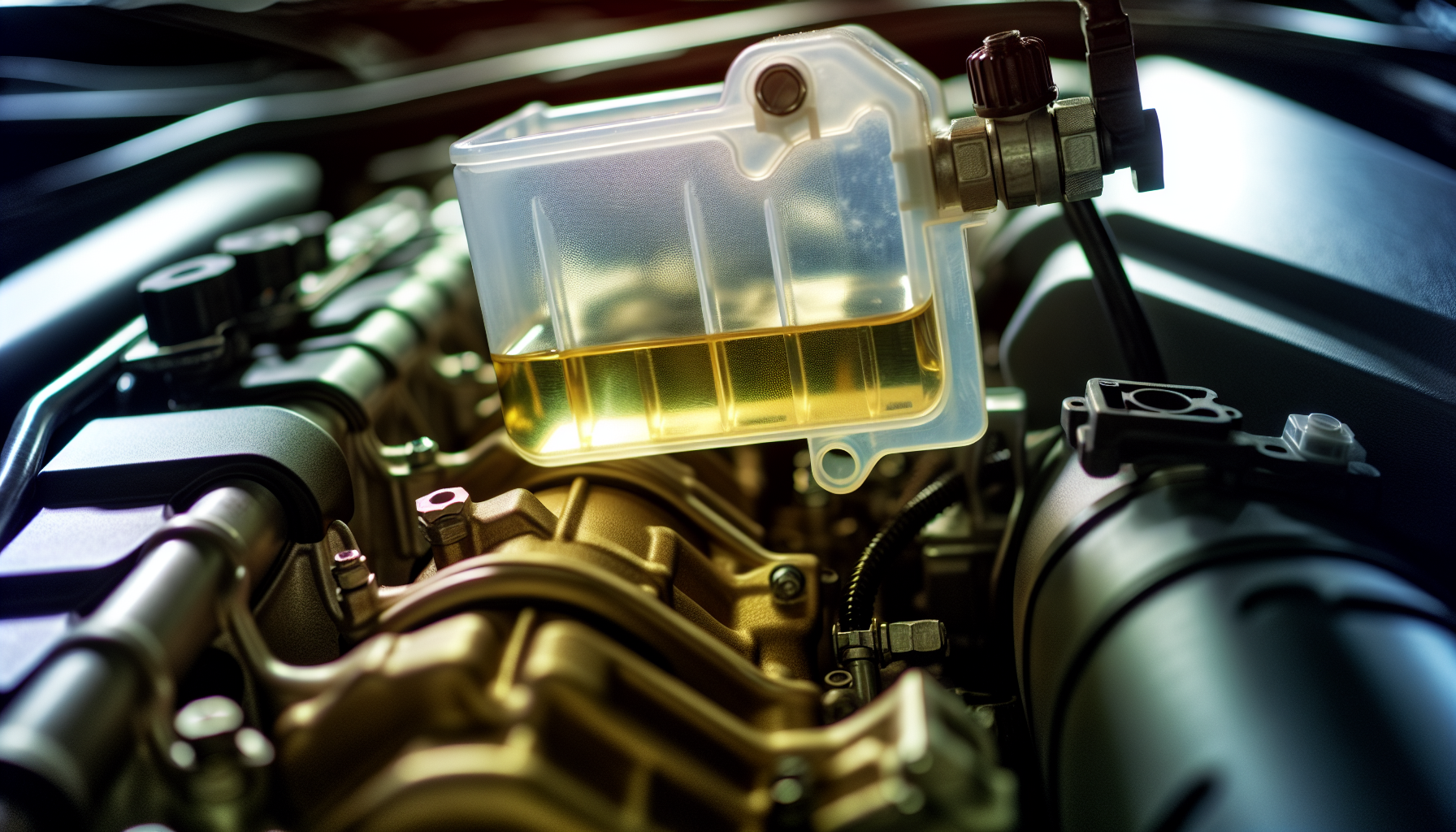
Brake fluid is the sole reason why your brakes are performing as they are. Brake fluids transmits force from pedals into hydraulic pressure and if you have issues with your brake fluid this will cause a spongy brake.
For better brake performance, this is one of the most important things to maintain. Always make sure to keep the brake fluid in an appropriate level and is in good condition, as contaminated or old fluid can lead to a degradation of the entire braking system’s performance.
Recognizing Brake Warning Signs Before Getting A Spongy Brakes
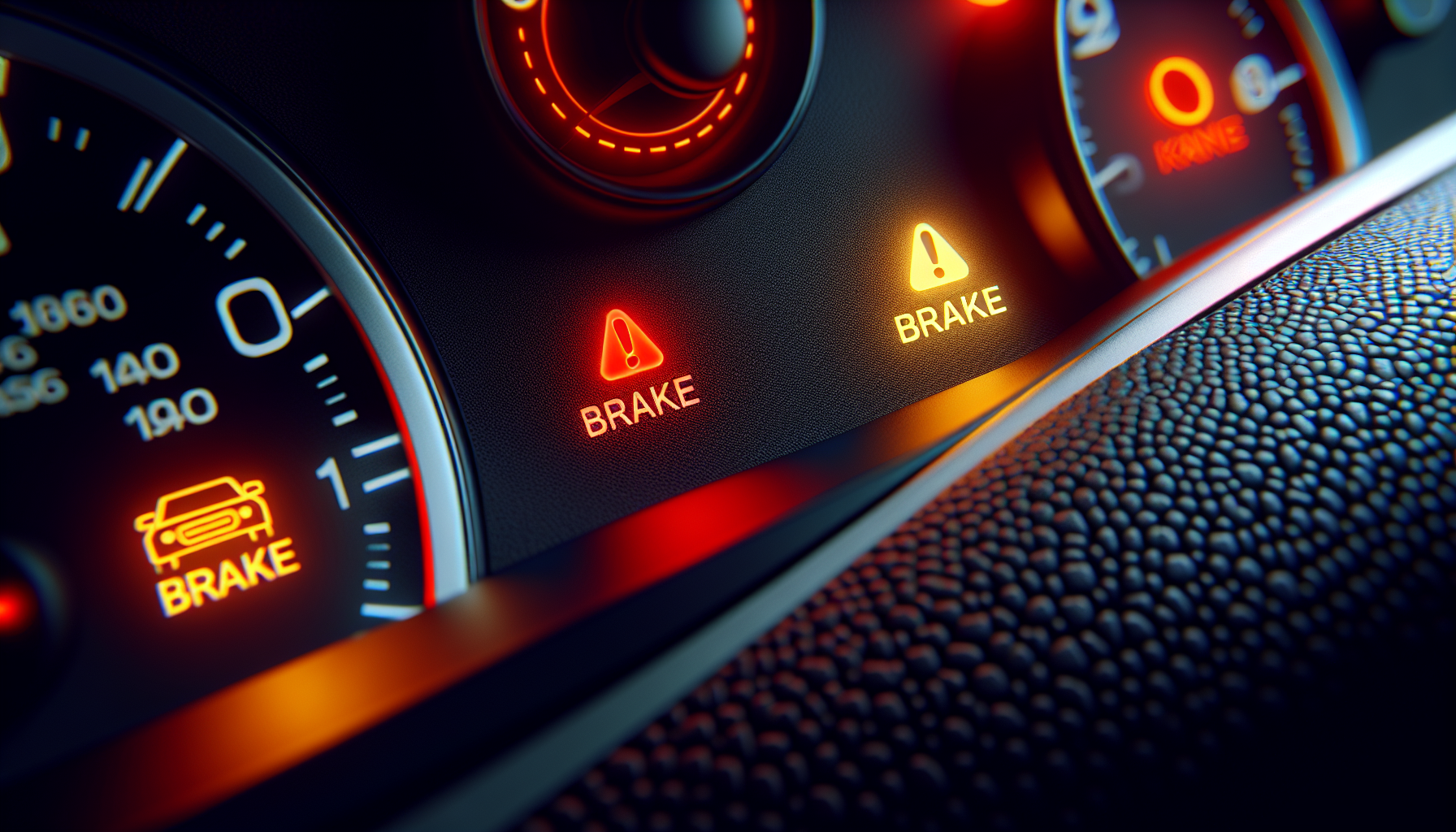
Prior to having a spongy brake, there are warning signs that may indicate your brake system is going to get bad. It’s important to be aware of these signs as this can help you to prevent further damage.
One of the signs that your braking system might have a problem is when the brake warning light on your dashboard is lit. A lit brake light could indicate a malfunctioning brake system, while this can also be a malfunction itself, it is best to do a complete inspect of your car’s braking system just to ensure the actual health of your brakes.
You can either do this by yourself or you should consider taking it in for an inspection by an experienced mechanic if you cannot do it.
Aside from the brake light, other indications include:
Shaking or vibrating steering wheel when applying brakes.
Squealing, grinding noises coming from the car itself, too much screeching or clattering upon application of brakes
Soft pedal feel underfoot which can potentially signify issues with the Anti-Lock Braking System
Metallic noise heard during deceleration which could stem from low fluid level in master cylinder
DIY vs. Professional Brake Repair For Spongy Brakes
While working with spongy brakes is possible to be done by yourself, for any brake repair job, we often recommended to hire a professional rather than attempt the task on one’s own.
This is due to the fact that some issues are more complex to work on and might require necessary specialized tools in order to fix it.
Professionals can also detect other issues within your car than you might not know of which can be a better opportunity for both you and your vehicle to prevent more problems.
Preventive Measures for Spongy Brake Pedals
It is wiser to be proactive in preventing spongy brakes than try and fix them after they happen. Having regularly scheduled brake inspections and maintenance can help you steer clear of this issue altogether.
It’s also important to change the fluid every two years or 20,000 miles. Doing so will improve your braking performance while making sure that there won’t be any soft pedals due to boiling old fluids inside the system.
Brake warning signs should not go unnoticed either, as keeping up with these steps will ensure that your vehicle’s brakes remain safe and reliable. High-quality brake fluid works wonders too since it eliminates moisture absorption which may have caused a squishy pedal otherwise.
Summary
Understanding, identifying, and addressing spongy brakes are essential steps in maintaining your vehicle’s performance and your safety on the road. From understanding the role of brake fluid and recognizing the causes of spongy brakes to learning about the solutions and preventive measures, we’ve covered all aspects of this critical issue.
Remember, your vehicle’s braking system is its lifeline. Keep it in top shape by being attentive to any changes in brake pedal feel, conducting routine checks, and seeking professional help when needed. Don’t let spongy brakes put a brake on your safe driving.
Frequently Asked Questions
Is it OK to drive with spongy brakes?
Driving a car with spongy brakes is not safe due to its diminished capacity in stopping. It would be best to have the braking system inspected and fixed before driving again for maximum safety precautions. Do not take any chances as this situation could pose serious dangers when out on the road.
What does a spongy brake pedal usually indicate?
A brake pedal with a spongy feel often suggests that air is stuck in the brakes, inhibiting proper fluid flow. Bleeding the brakes (i.e., flushing out old brake fluid) can help remove trapped air and restore normal levels of firmness to the pedal.
Will spongy brakes go away?
Spongy brakes won’t go away without fixing it. It is required to address the cause of it as soon as possible if there is a case your brakes doesn’t feel right.
My Brake Pedal Is Hard When Car is Off But It Is Soft When The Car Is On: What Can Be The Issue?
When your car is off, the brake system is not under pressure, and the brake pedal may naturally feel firmer. However, if the brake pedal becomes soft or spongy then it is an indication that your brakes are indeed spongy.
It’s crucial to have this issue diagnosed and repaired promptly, as it can affect your ability to brake effectively and safely.


